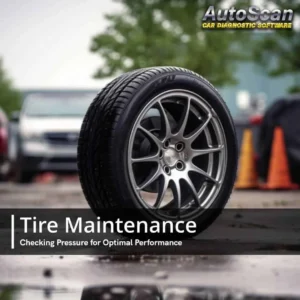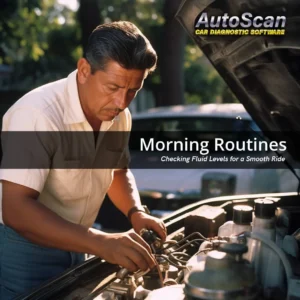All About Timing: Understanding Your Timing Belt ⚙️
Introduction: The Role of the Timing Belt
In the intricate dance of your engine’s internal components, the timing belt plays the role of the conductor. This critical component ensures that the engine’s valves open and close at the correct times, allowing for optimal performance and longevity.
1. Synchronization is Key
The timing belt is responsible for coordinating the movements of the camshaft and crankshaft. This synchronization ensures that the engine’s intake and exhaust valves open and close in harmony with the pistons.
2. A Belt Beyond Surface
Though it might look simple, a compromised timing belt can lead to decreased performance, reduced fuel efficiency, and potential engine damage. A worn or misaligned belt can disrupt the engine’s timing, leading to inefficient combustion.
3. Scheduled Replacements
Like other components in your vehicle, the timing belt isn’t meant to last forever. Most manufacturers provide recommendations on when to replace it. Consulting your vehicle’s manual can give you specific mileage or time intervals for replacement.
4. Reading the Warning Signs
If your timing belt starts to wear out, it might give you some warning signs. These can include visual cues like fraying or cracks on the belt, or audible hints like a high-pitched squeal or unusual noise from the engine.
Conclusion
Timely attention to your timing belt is crucial for the health and efficiency of your engine. Stay proactive with regular inspections and adhering to replacement schedules to keep your engine humming harmoniously. Your car’s performance relies on this simple yet significant component. Listen to it, and it will serve you well!
Community Tips:
Got a belt tip or story? Share it with us! Your experiences can help others maintain their vehicles better.





